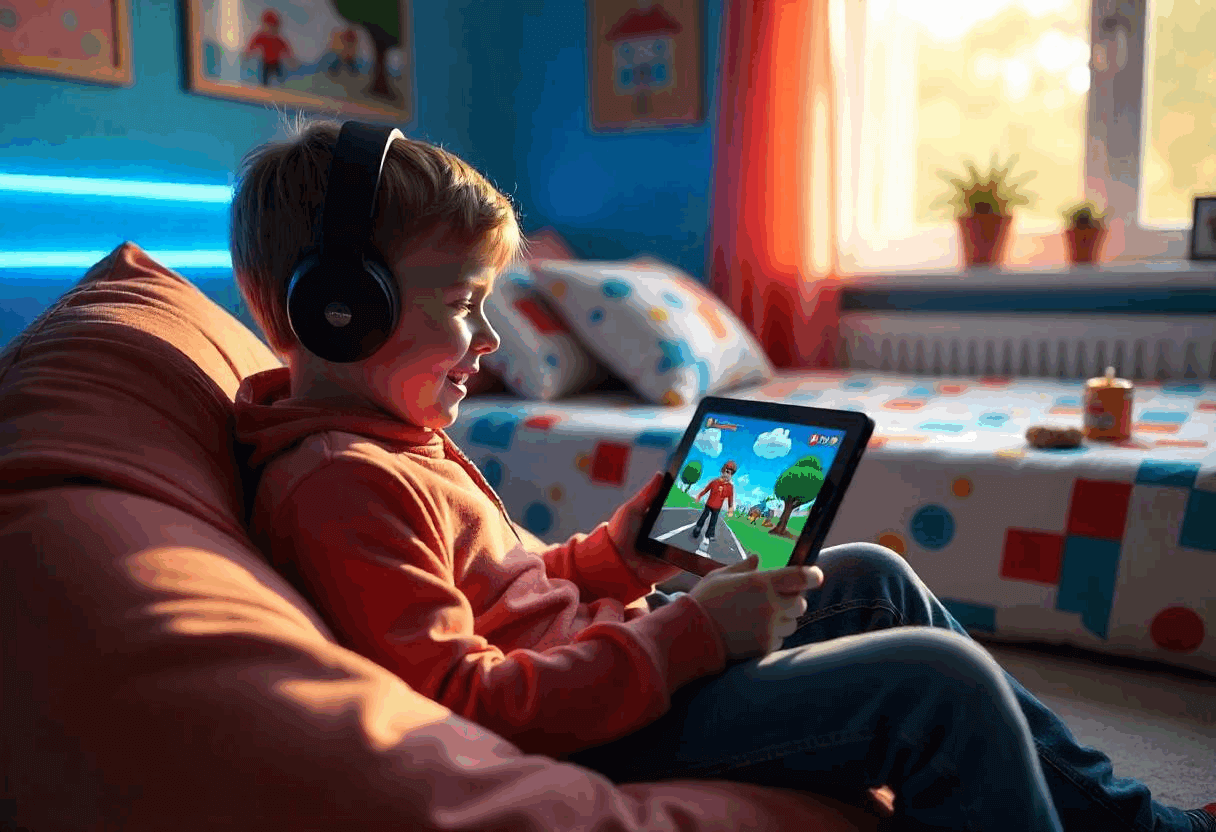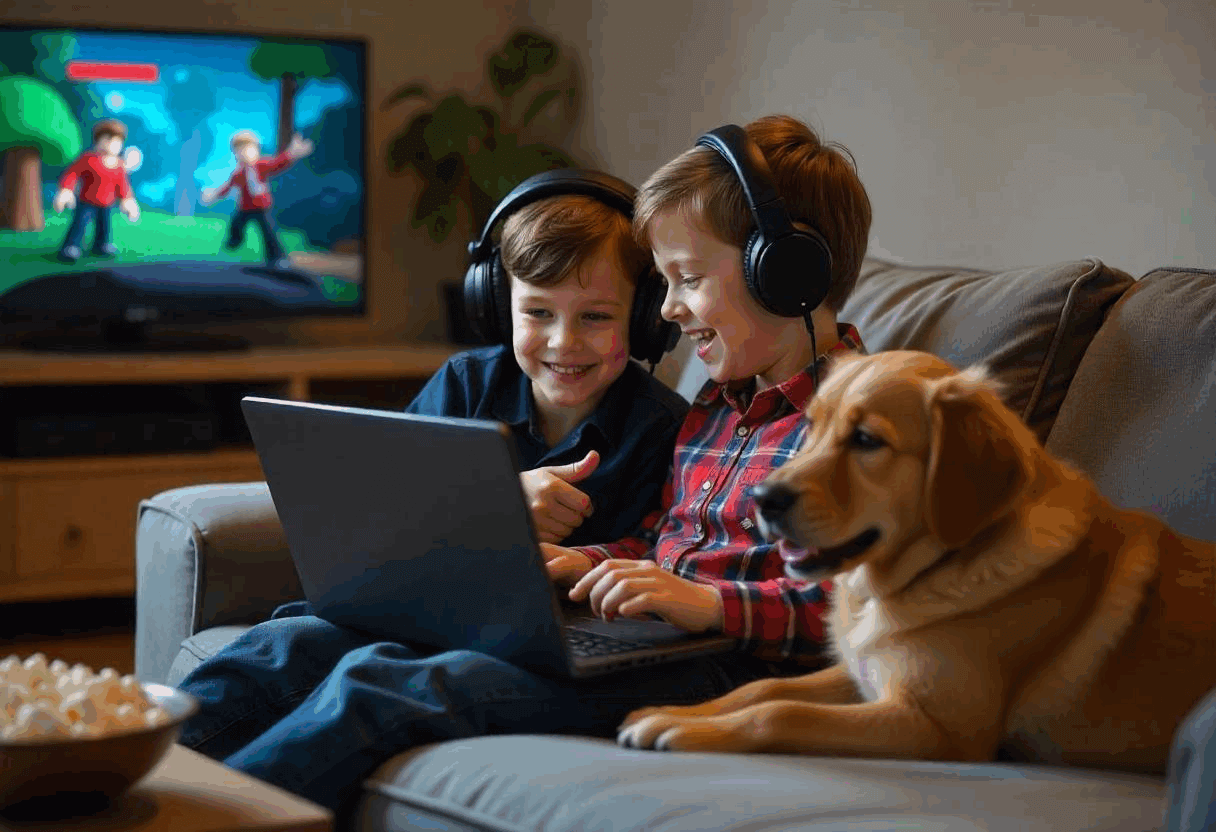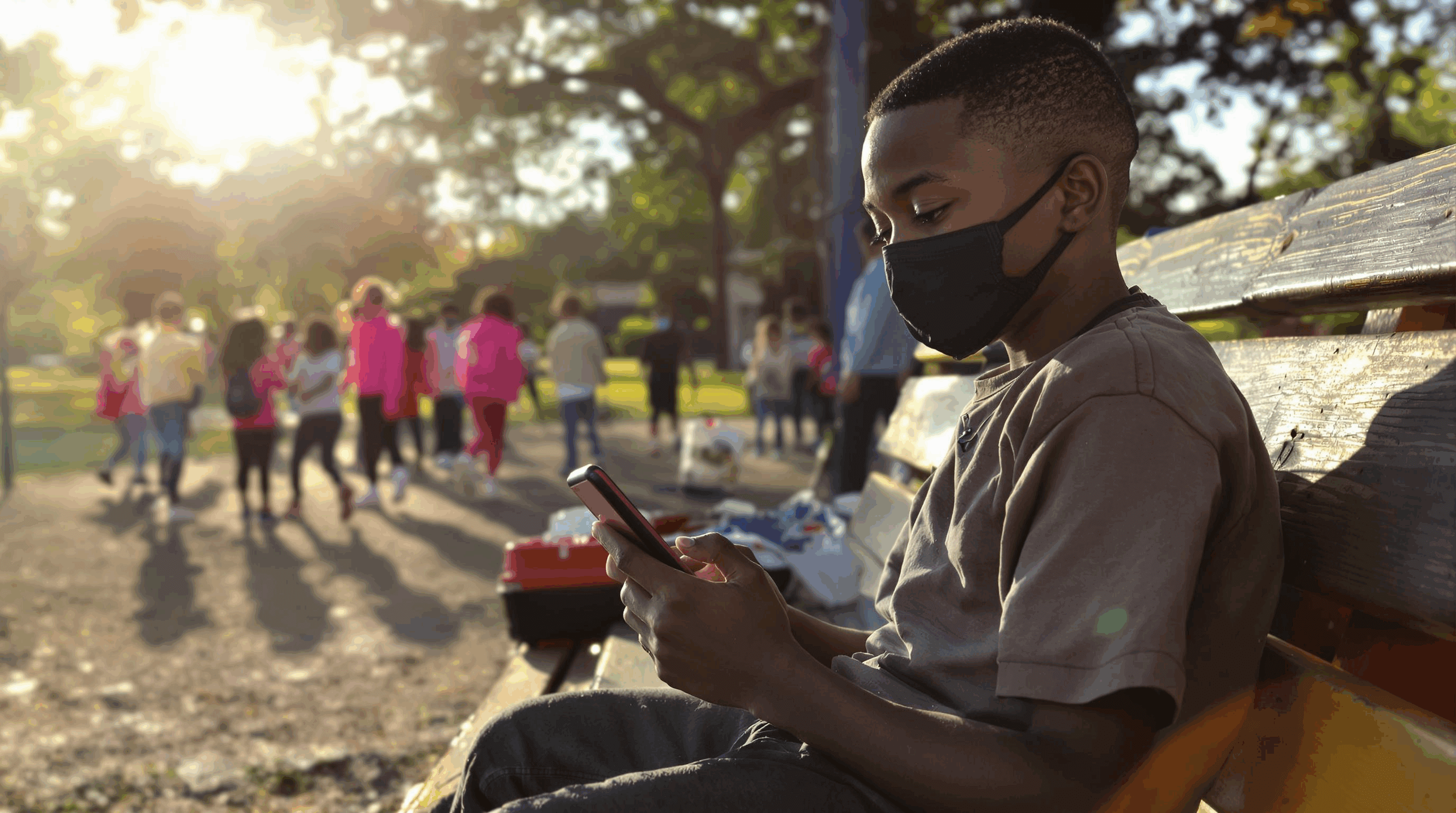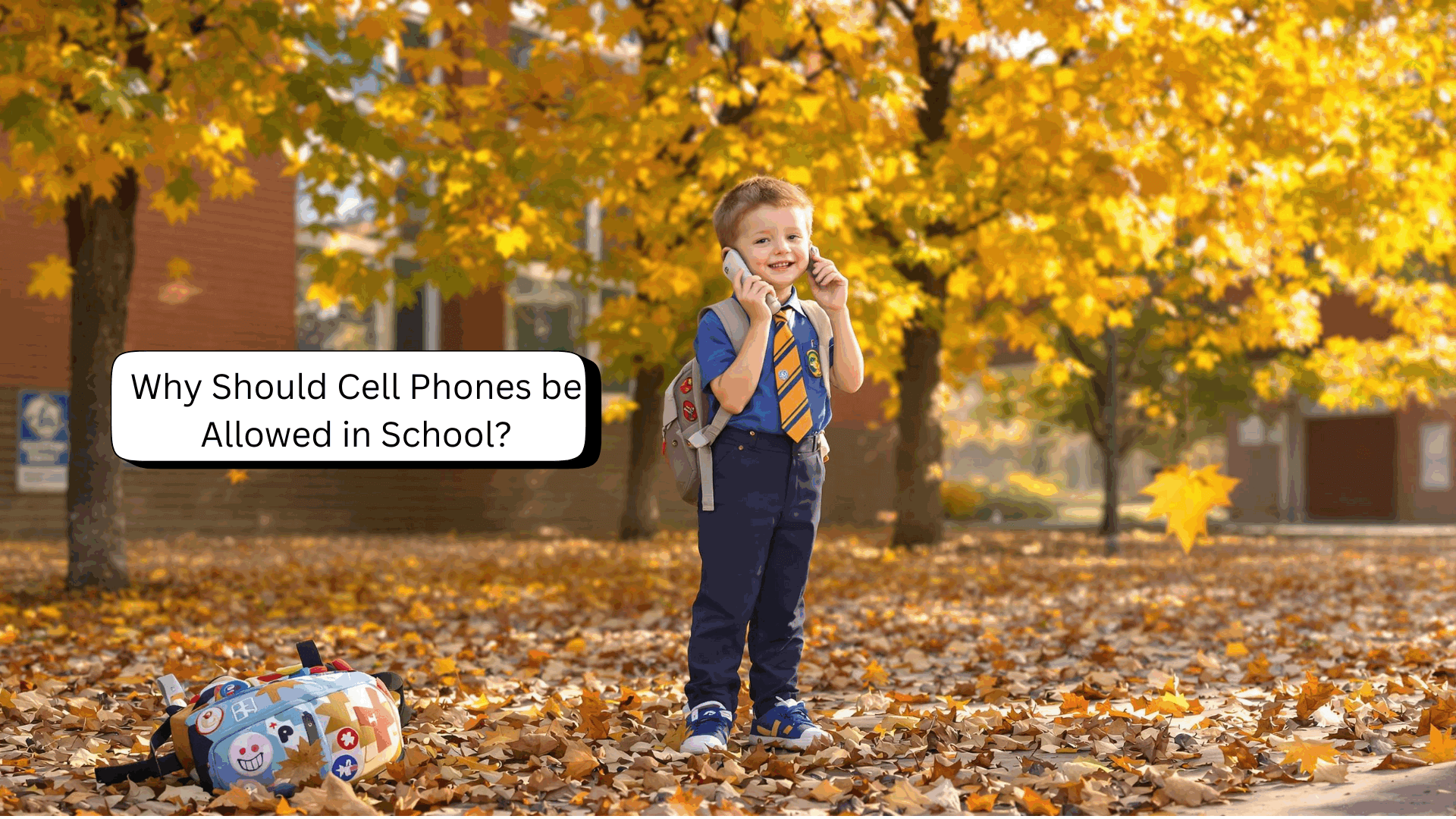FamiGuard Support: Monitor Devices with Others' Permission.
Last Tuesday night, I found myself in a familiar parental standoff. My 10-year-old son Jake was pleading for "just 10 more minutes" of Roblox while I pointed at our kitchen clock showing 8:30 PM – already 30 minutes past our agreed gaming cutoff.
"But Mom, I'm in the middle of a really important trade in Adopt Me! If I leave now, I'll lose my neon unicorn!"

As the editor of a parenting magazine and mother of three kids aged 8-12, I've watched Roblox transform from "that game with the blocky characters" to the centerpiece of modern childhood social life. This isn't just another video game – it's where today's kids hang out, create, and unfortunately, sometimes encounter their first online risks.
Contents
Part 1: What Roblox Actually Is
Part 2: Why Kids Are Obsessed Roblox Game
Part 3: Is Roblox Bad For Kids?
Part 4: 6 Ways to Keep Kids Safer on Roblox
Part 5: It's Not All Good or All Bad
Part 6: My Bottom Line After Three Years in the Roblox Trenches
What Roblox Actually Is
When Jake first asked to download Roblox, I made the classic parental mistake of assuming it was a single game. I quickly discovered it's more like YouTube – an enormous platform hosting millions of user-created games ranging from virtual pet simulators to obstacle courses to fashion shows.
During a recent school pickup, I overheard two 9-year-old girls discussing their "Bloxburg houses" with the same intensity my generation once reserved for physical toys. This perfectly illustrates how Roblox has become woven into childhood culture.
The platform operates on three key elements:
User-created games: Anyone can build and publish experiences using Roblox Studio.
Social features: Players can friend each other, chat, and join groups.
Virtual economy: Kids use Robux to buy avatar accessories, game passes, and special abilities.
My first real understanding came when my daughter Emma spent three hours building a detailed ice cream parlor in a game called "Bloxburg." When she gave me the virtual tour, I was genuinely impressed by the creativity and problem-solving skills she'd developed. That moment shifted my perspective from seeing Roblox as "just another screen time battle" to recognizing its potential benefits.
Why Kids Are Obsessed Roblox Game
During a recent PTA meeting, I asked 15 parents why they thought their kids loved Roblox. Almost everyone mentioned "addiction" or "peer pressure." While there's some truth there, my conversations with actual kids (including a focus group I ran for our magazine) reveal deeper appeals:
1. Creative Control
My nephew Max, typically restless and struggling with ADHD, can focus for hours building complex structures in Roblox. "In school, I have to do exactly what the teacher says," he told me. "In Roblox, I can build whatever I imagine."
2. Social Connection That Feels Safe
Emma, my naturally shy 8-year-old, explained why she prefers Roblox to in-person playdates with new friends: "If I say something weird in Roblox, I can just try again. In real life, it's more scary to talk to people I don't know well."
3. Status and Achievement
When Jake mastered a difficult obstacle course called "Tower of Hell," he recorded it to show his friends. The social currency of these achievements is real and meaningful to kids.
4. Entrepreneurial Opportunities
This surprised me most. Some older kids actually earn Robux through game creation and item sales. My friend's 14-year-old daughter developed a popular hair salon game and earned enough Robux (convertible to real money through the Developer Exchange program) to pay for her own laptop.
Is Roblox Bad For Kids?
As both a parent and journalist, I've investigated Roblox safety concerns beyond the typical headlines. Here's what I've actually seen happen:
1. Content Filtering Failures
During research for an article, I created a fresh account and spent 30 minutes randomly joining popular games. While most content was innocent, I found a "fashion famous" game where players had created outfits with inappropriate words spelled out in clothing patterns – bypassing text filters.
When my son's friend Lucas stayed over for a sleepover, I noticed they were playing a Roblox horror game that made me uncomfortable. When I asked about age restrictions, they showed me how easily they could access any experience regardless of age recommendations.
2. The Social Minefield
My most concerning moment came when Emma excitedly told me about her "new friend" – someone she'd met in a Roblox game who was asking where she lived so they could "meet up and play together." This led to an immediate but non-alarmist conversation about online strangers.
During a neighborhood parents' coffee, Jessica shared that her 9-year-old had been bullied in a Roblox roleplay game, with other players calling her avatar "ugly" and "poor" because she didn't have premium items. The experience left her daughter in tears.
3. Financial Pressures
The Robux economy creates real pressure. Jake came home from school upset because his character looked "default" (Roblox slang for using free avatar items). "Everyone knows I don't have Robux," he complained. "It's embarrassing."
My sister learned this lesson the hard way when her 7-year-old spent $86 on Robux using her saved credit card information during a 15-minute bathroom break.

6 Ways to Keep Kids Safer on Roblox
After three years of Roblox parenting – including plenty of mistakes – I've developed an approach that balances safety with reality. This isn't theoretical advice; it's what actually works in my household:
1. The Setup That Saved My Sanity
Rather than creating separate accounts for each child (impossible to monitor), we have family accounts on shared devices with these specific settings:
Account PIN: I set a 4-digit PIN (different from other family PINs) required for changing any settings
Verified age: I used their real birth dates, activating under-13 protections.
Privacy settings: Under Settings → Privacy , I configured:
Who can message me? → Friends
Who can chat with me in app? → Friends
Who can invite me to private servers? → Friends
Who can find me in search results? → Friends
The game-changer was enabling "Account Restrictions " which automatically blocks experiences that may contain mature content.
2. The Money Talk That Prevented Disasters
After hearing horror stories of kids spending hundreds on Robux, I implemented this system:
1.Removed all payment methods from the account.
2.Established a monthly "Robux allowance" using prepaid gift cards.
3.Created a simple spreadsheet where kids track their virtual spending.
This turned potential financial headaches into teaching moments. Jake now saves his Robux for items he really wants rather than impulse purchases.
3. The Monitoring That Doesn't Make Me "The Bad Guy"
Rather than constantly looking over shoulders (which creates resentment), I use these practical approaches:
Our "open door" policy: Roblox happens in common areas, not behind closed doors.
Random "show me what you're playing" check-ins framed as interest, not surveillance.
Weekly browsing of "Recently Played" games on their profiles.
Occasional play sessions where I join their games (my terrible gameplay skills provide comic relief).

4. The Conversations That Matter Most
The technical safeguards help, but honest conversations have proven most effective:
When Emma received that concerning friend request, instead of panicking, I asked: "What do you know about this person?" and "What information is safe to share online?" This led to a productive discussion about digital strangers versus real friends.
After Jake begged for Robux to "fit in," we talked about digital peer pressure and values. We agreed he could earn some Robux through chores but also discussed how virtual items don't determine real friendship.
5.When My Son Encountered Inappropriate Content
Jake once joined a game that appeared innocent but contained some scary imagery. Instead of banning Roblox entirely:
1. We reported the game together through the Report Abuse feature.
2. Reviewed his "Recently Played" list and discussed red flags to watch for.
3. Practiced how to immediately exit uncomfortable situations.
4. Added specific games to a "favorites" list of parent-approved options.
6. When Screen Time Became Excessive
During summer break, Roblox time gradually expanded until I realized Jake had played for nearly five hours straight. Rather than imposing arbitrary limits that cause rebellion, we:
1. Created a "tech token" ystem where kids earn gaming time through other activities.
2. Established natural breaks (30 minutes, then take a 10-minute physical activity break).
3. Used the built-in time management tools in Roblox's parent controls.
4. Implemented a "sunset rule" – no Roblox after dinner on school nights.
How to Control Kids Screen Time
It's Not All Good or All Bad
The most important lesson I've learned is rejecting the false binary of "Roblox is dangerous" versus "Roblox is harmless." The reality lives in the messy middle.
Last month, I watched Jake teach his younger cousin how to code a simple game in Roblox Studio. The patience, logic, and creativity he demonstrated amazed me. The same platform that sometimes causes bedtime battles was fostering valuable STEM skills.
Meanwhile, Emma has developed genuine friendships with school classmates through their shared Roblox experiences. They collaborate on building projects, teaching each other techniques I don't understand in the slightest.
My Bottom Line After Three Years in the Roblox
Roblox isn't going anywhere. With over half of American children under 16 on the platform, banning it entirely often backfires, driving usage underground where you can't monitor it.
As I write this, Jake is building a virtual museum in Roblox Studio, carefully designing exhibits about his favorite animals. Yesterday, he struggled with a coding problem for nearly an hour before solving it himself. His persistence reminded me that behind the colorful blocks and occasional frustrations, real learning happens in this digital playground.
With thoughtful guidance, Roblox can be more than just another screen time worry – it can be a space where children develop creativity, problem-solving skills, and digital literacy they'll need in an increasingly online world.
Hi there! I’m Sarah Margaret, a mom of three and the voice behind this blog where I share honest parenting stories and practical tips about family anxiety, home safety, and nurturing love—because let’s face it, parenting is equal parts joy and chaos! After countless sleepless nights and "I’m-not-sure-I’m-doing-this-right" moments with my own kids, I created this space to help fellow parents feel less alone. You’ll find real talk about childproofing hacks, calming routines, and keeping your family strong—no perfection required, just progress. So brew some coffee (or reheat that forgotten cup), and let’s navigate this wild parenting journey together!
Thank you for your feedback!






































